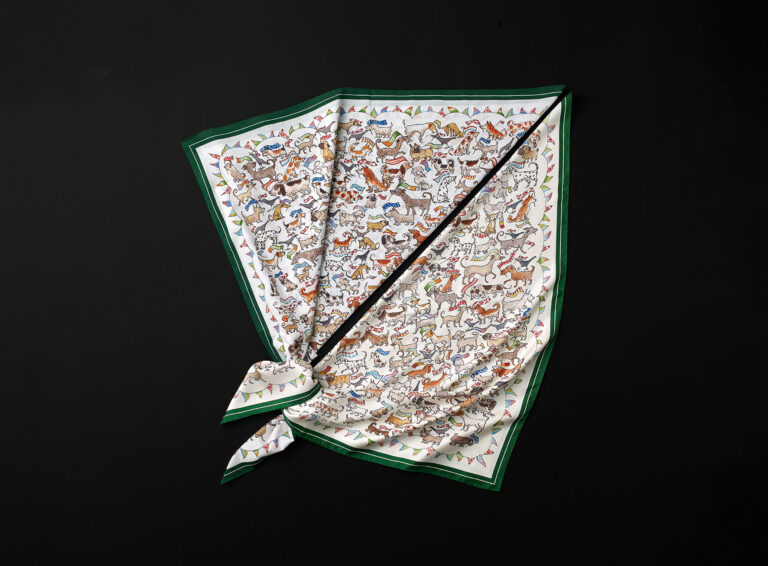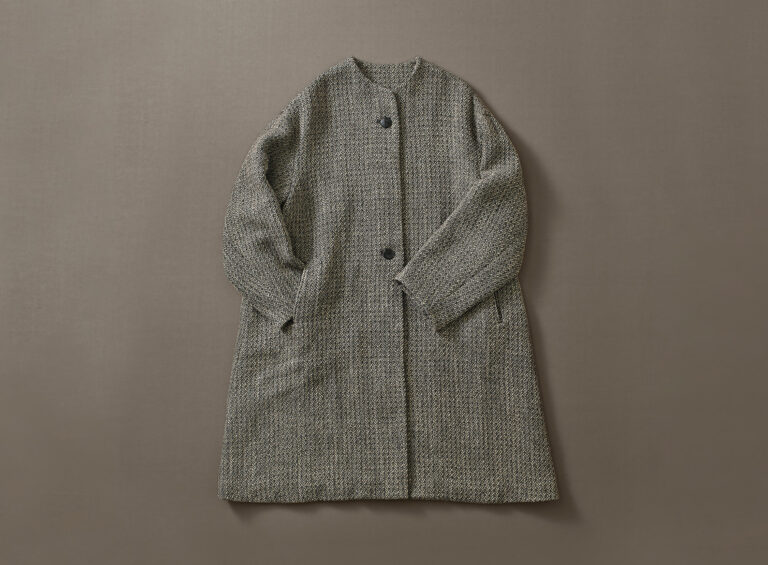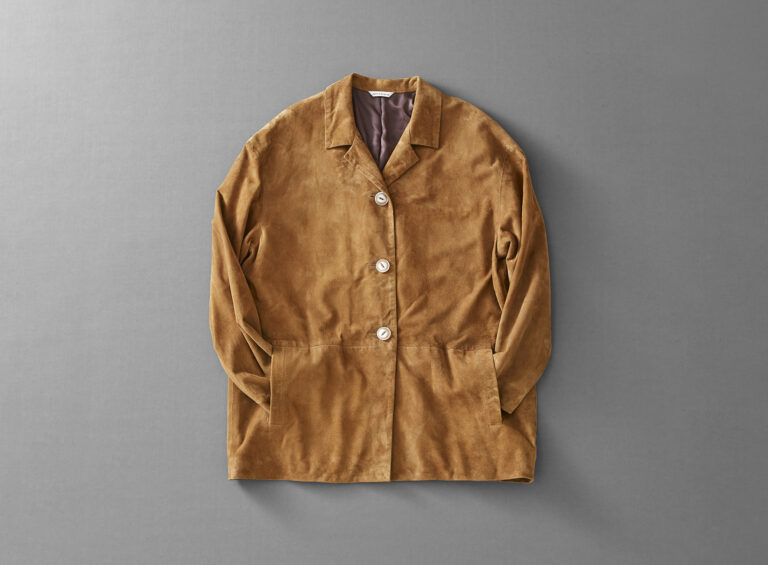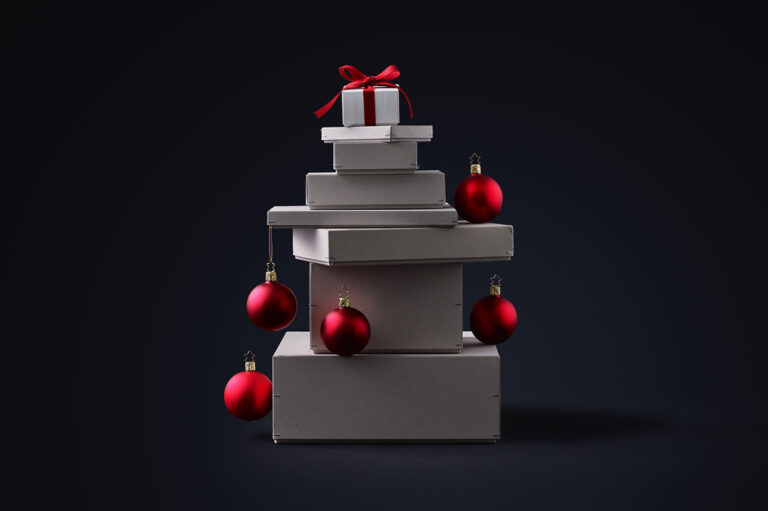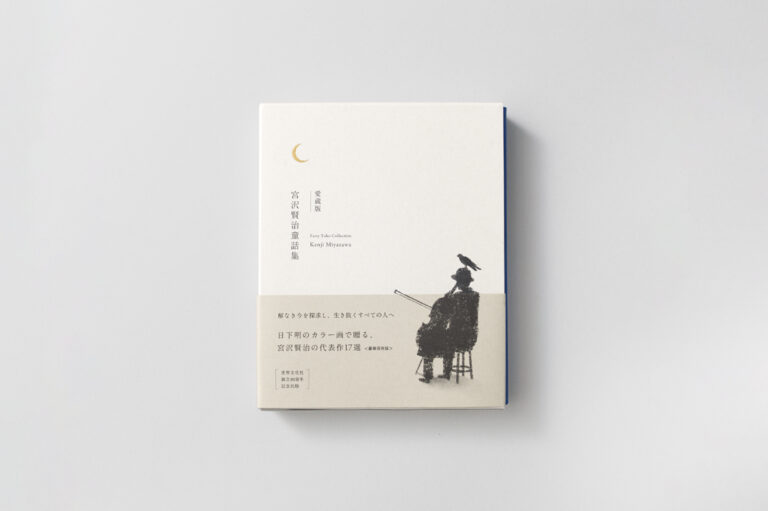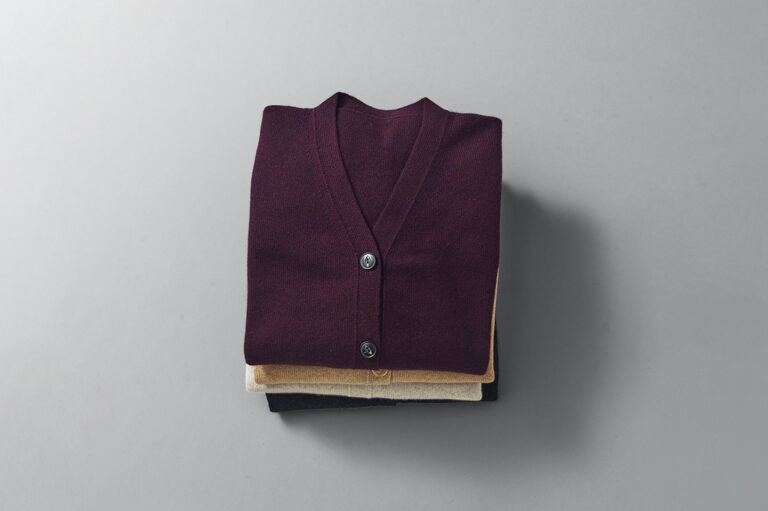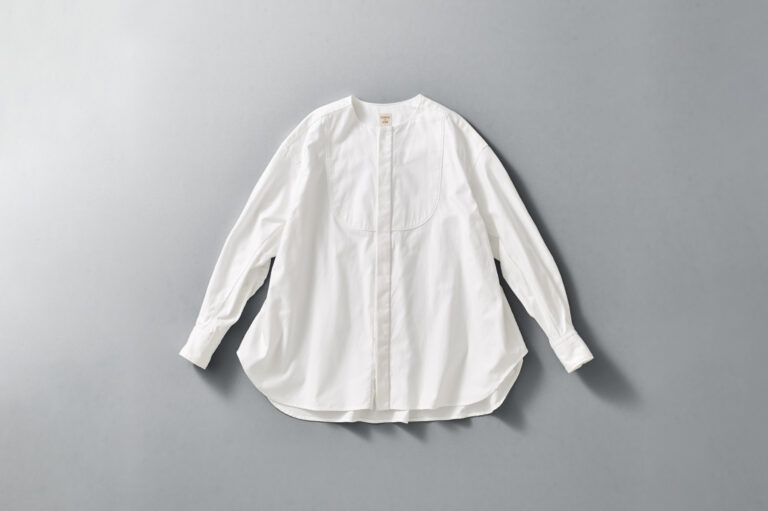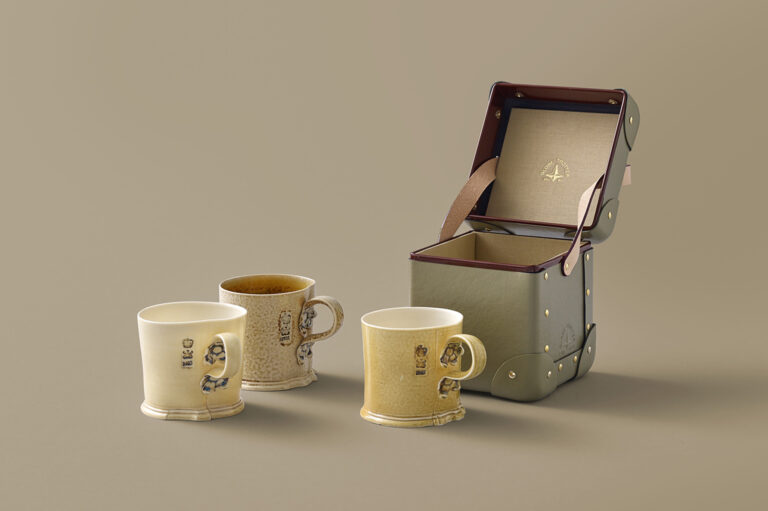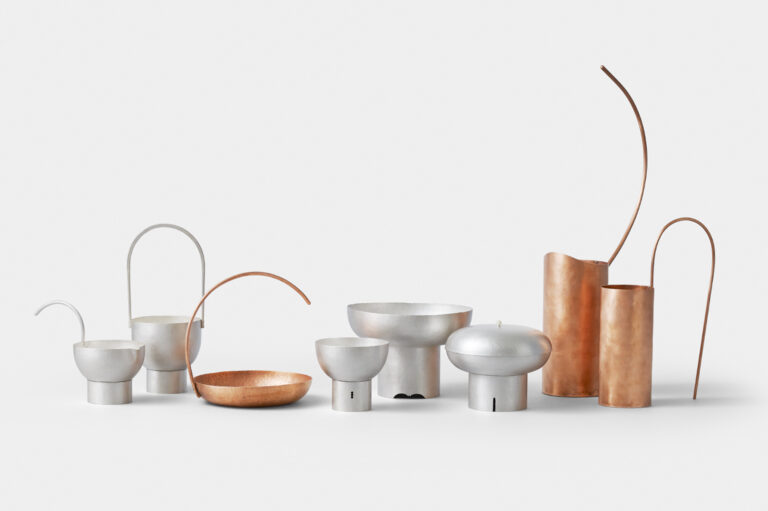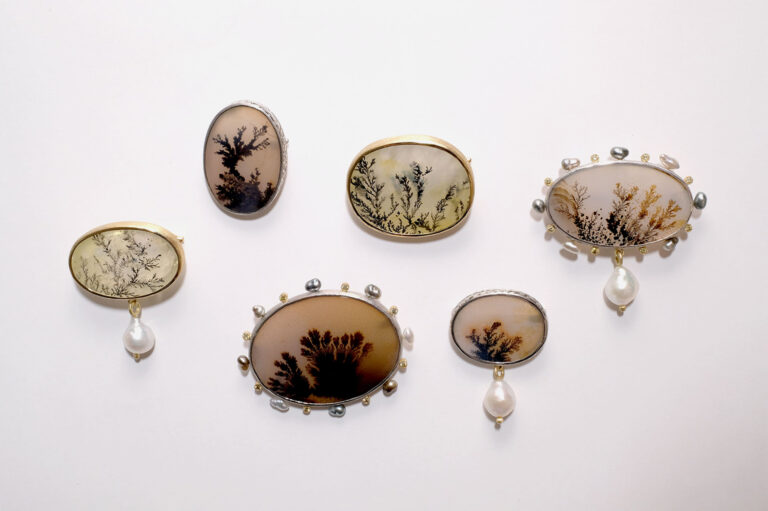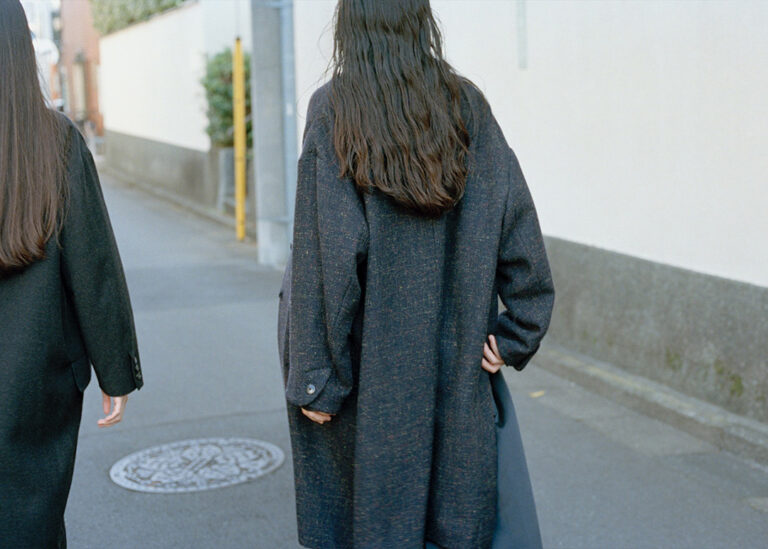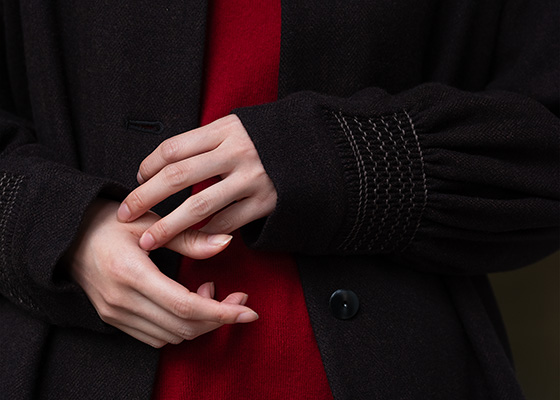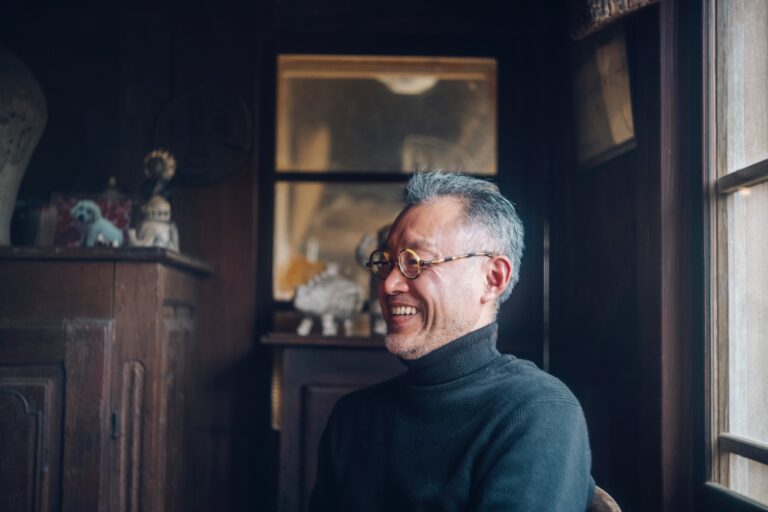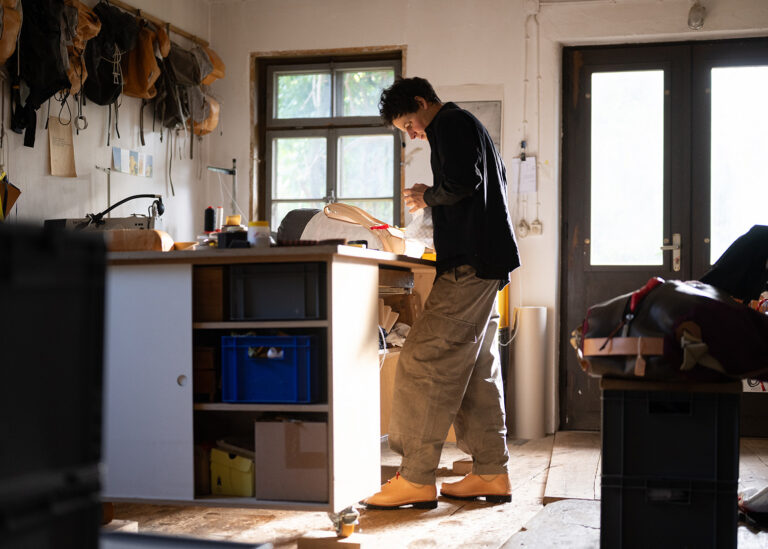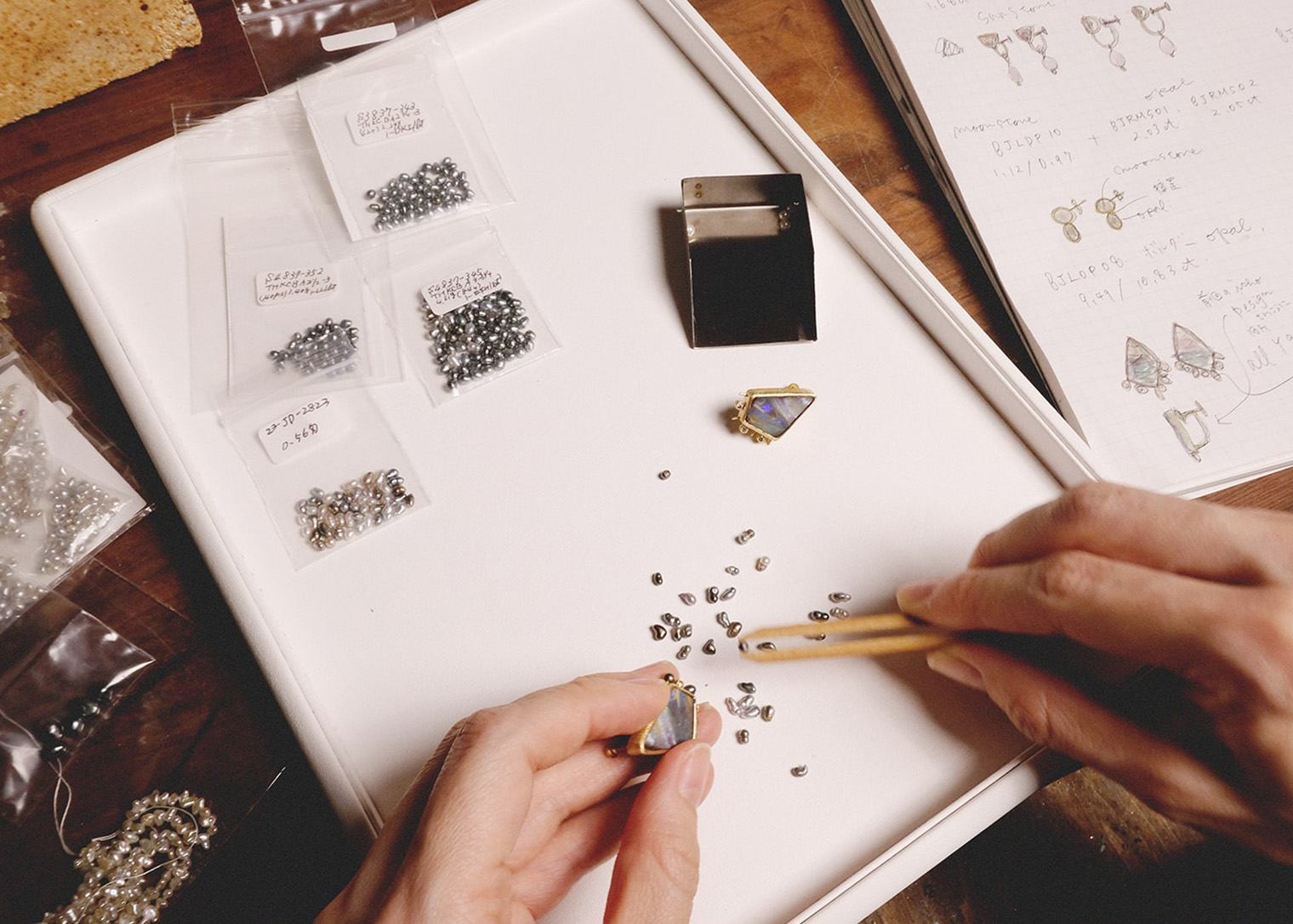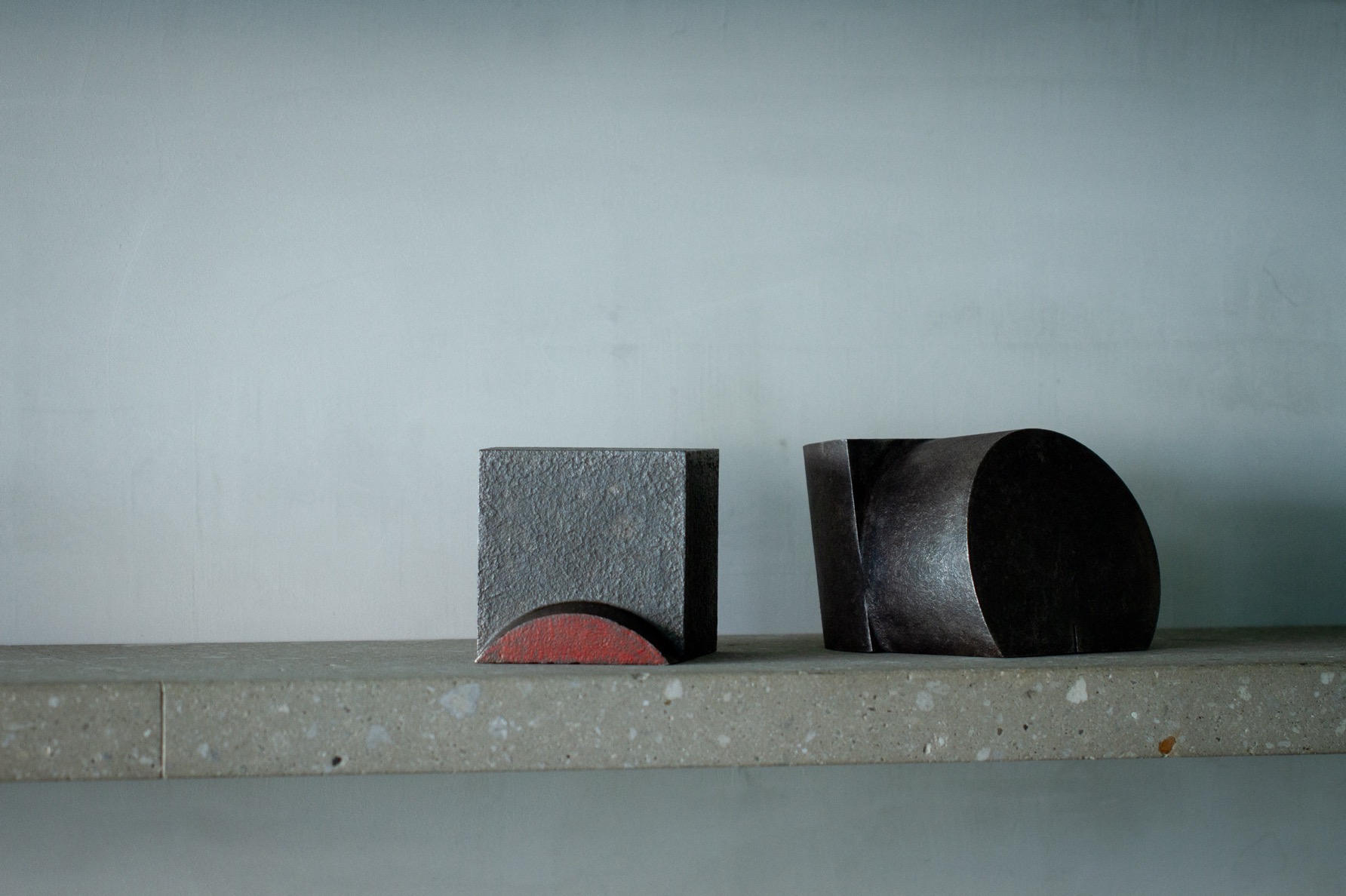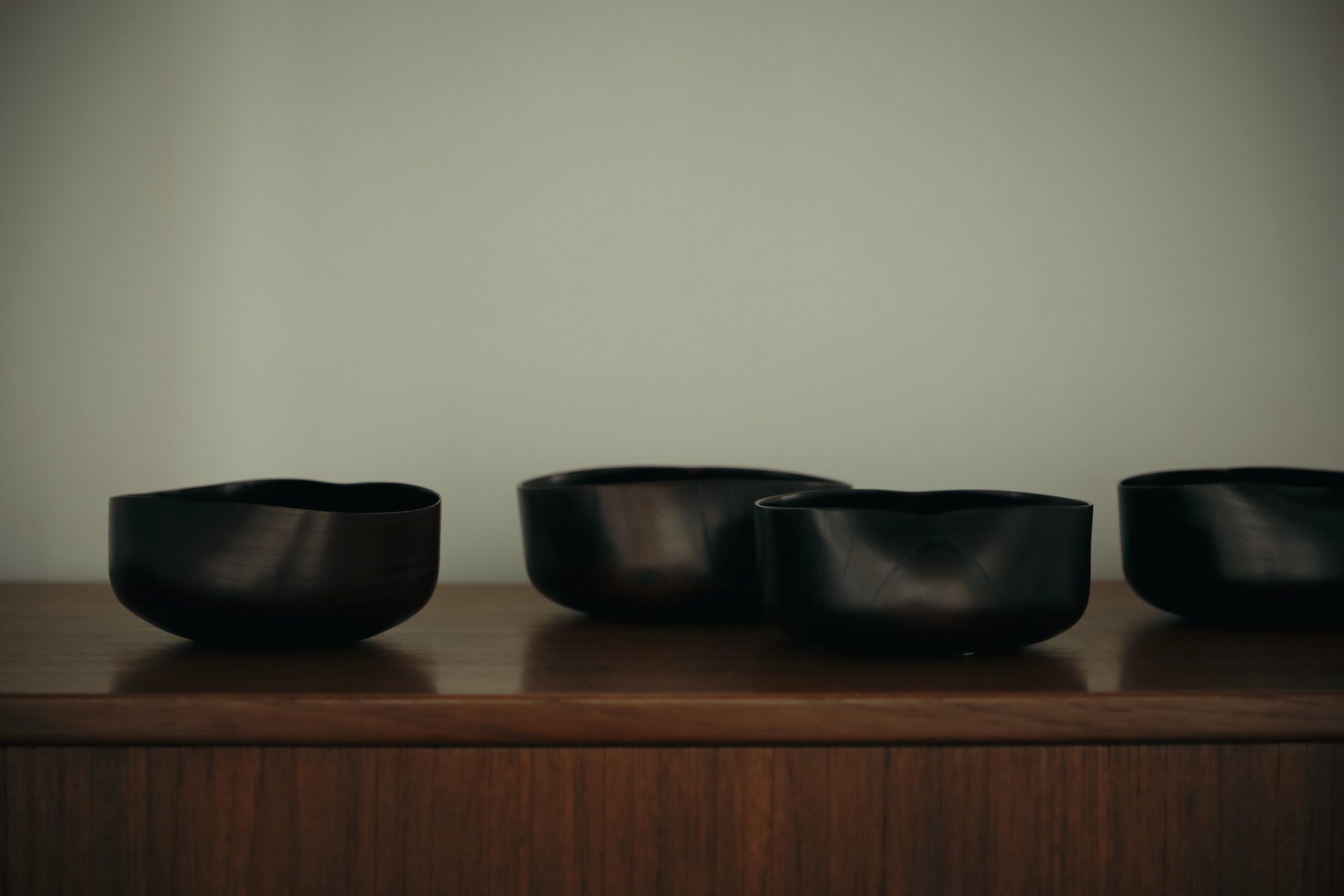
My Journey as a Woodworker
I first became involved in the world of craft in 1997. At the time, the harmful effects of certain materials and paints used in baby toys had become a serious social issue in Korea. It was also around then that my first child was born. Wanting to create the safest and healthiest toys in the world, I began making wooden toys for babies.
There were hardly any wooden toys in Korea at the time, so the ones I made naturally found their way to children with skin conditions. Over time, they came to be known as “toys made especially for children with atopic dermatitis.”
At the same time, my wife’s wrist condition worsened—she had been helping me with woodworking while also handling childcare and household duties. Wanting to do something for her, I decided to create “the lightest vessels in the world,” which led me to begin crafting practical lacquerware made from wood and finished with urushi (lacquer).
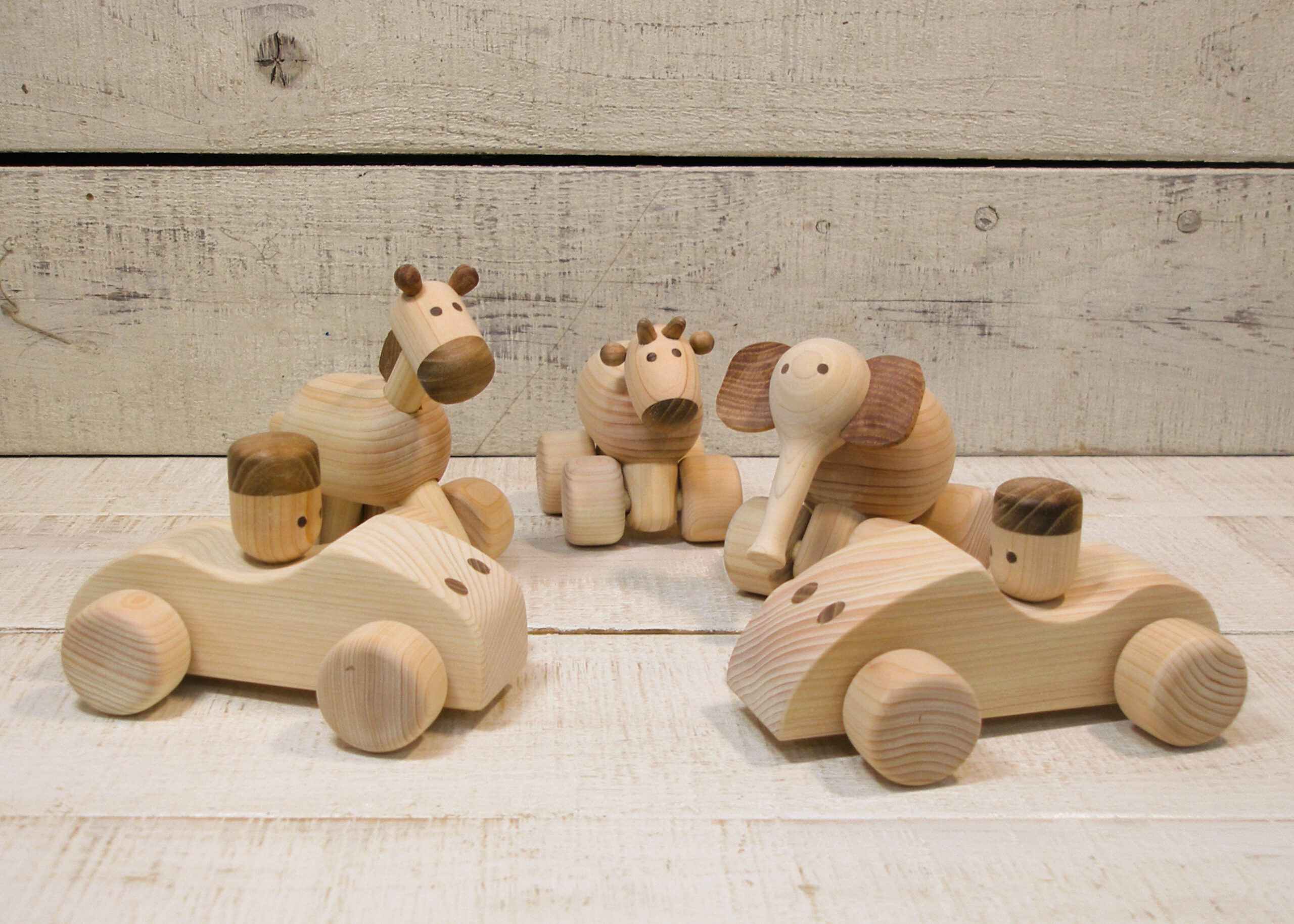
Forms Born from Dialogue with Wood
In creating wooden toys, I have worked with a wide variety of domestic and international woods. Prioritizing safety above all else, I have thoroughly studied the toxicity of each type of wood. I avoid using paints or dyes, instead valuing the natural hues that the wood inherently possesses.
Wood naturally bends as it dries, and sometimes it cracks. I accept bending as a natural process, but I regard cracks as a kind of “pain” in the piece—something I cannot allow. Before beginning the crafting process, I closely examine the grain and growth rings to determine the direction in which the wood naturally wants to bend. I also check the humidity for the day and compare it with the wood’s moisture content. As I carve, I adjust the thickness of the wood to suit the form I wish to create. The drying method is equally important, chosen based on the balance between moisture and humidity—whether to use air drying or kiln drying, and how much time to allow. I select the most appropriate method for each piece. Through this meticulous drying technique, I am able to bring out the wood’s unique character and shape it into free-flowing curves.
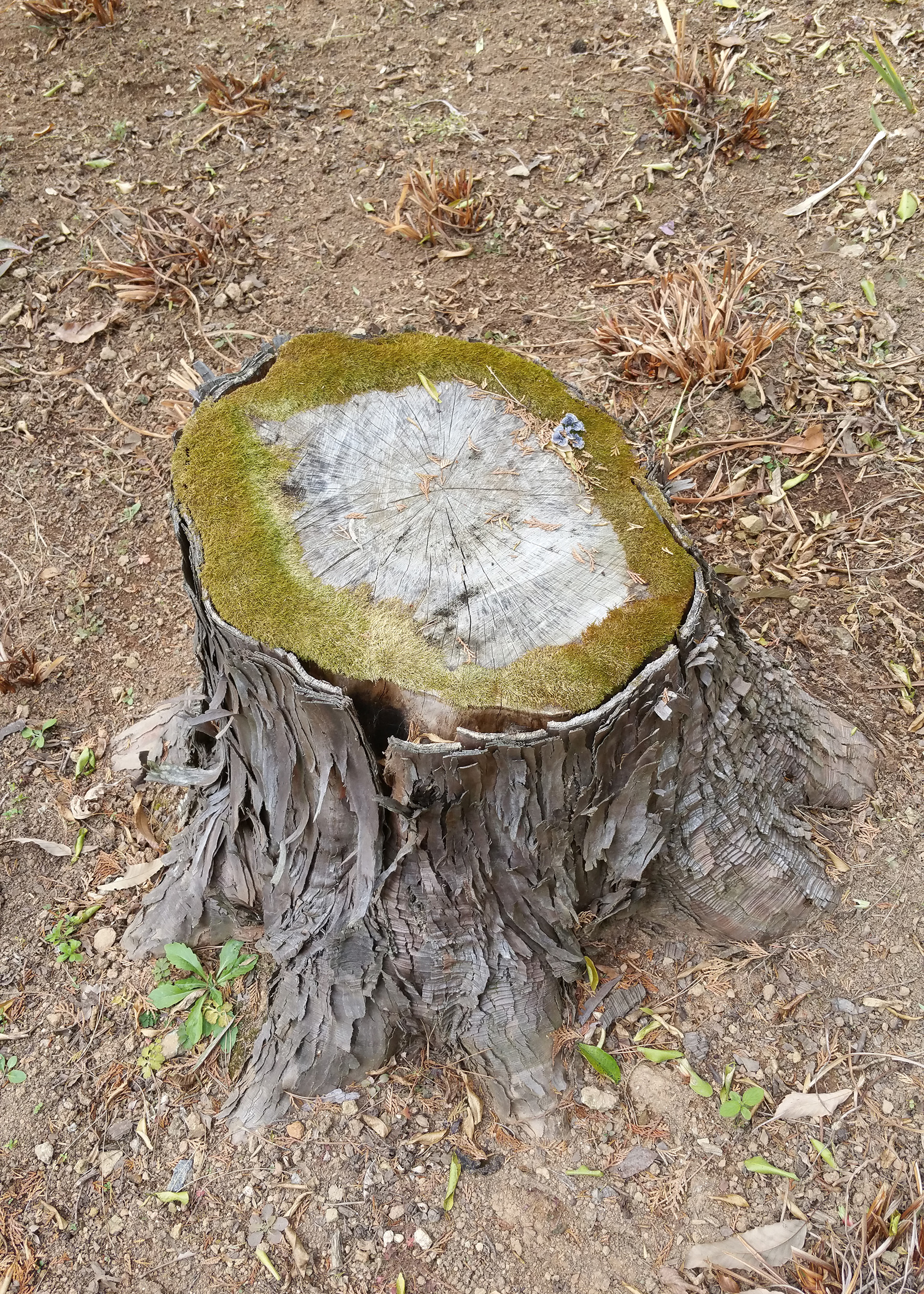
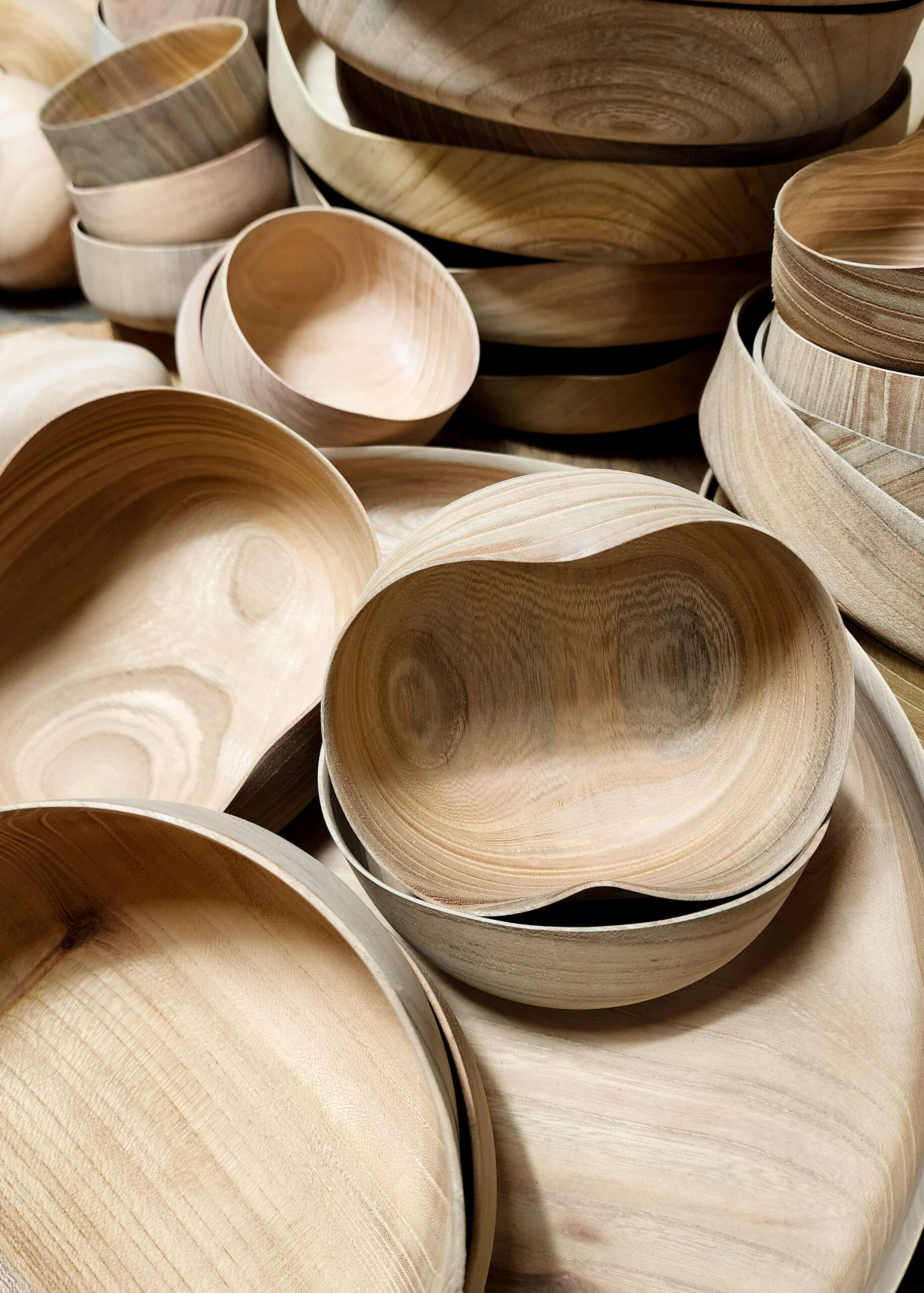
Discovery and Development of the Lacquer Heat Curing Technique
It began the first time I served food using lacquerware finished with the traditional humidity-based drying method. When I placed warm dishes or drinks into the vessels, a strong smell of urushi (lacquer) rose from them. The scent became even more pronounced with heat. Hoping to resolve the issue, I immersed myself in research, poring over numerous texts and conducting study after study on lacquer. Still, I struggled to find a solution. Then one day, just as I was about to give up, I came across a short passage in a book—only a few lines—that mentioned how “curing lacquer with heat eliminates the smell.” Clinging to that small glimmer of hope, I carried out an experiment. The result was astonishing: the odor disappeared completely from the heat-cured lacquerware.
The challenges didn’t end there. The next hurdle was finding a way to make the wood withstand the extremely high temperatures—several hundred degrees Celsius—required for the process. The wood would burn, or crack. It was another series of trials and setbacks. Still, I refused to give up. I continued refining the method, and today, I can achieve successful results with the lacquer heat curing technique about 90 percent of the time.
Tree rings are, in a sense, nature’s memory. I work with them carefully, adjusting the wood’s moisture content while shaping it into vessels. To preserve the natural beauty of the rings, I apply multiple thin layers of lacquer, building up the finish without obscuring the wood’s character.
While many cultures around the world have traditions of crafting vessels from wood, without lacquer, wood would never have become established as a primary material. From a functional standpoint, lacquer has always been essential.
I once saw a documentary showing ceramic pieces that had remained intact for over a thousand years. In contrast, lacquered wooden vessels are made from materials that return to the earth—they decompose in about a year. These are objects that carry the memory of nature and eventually return to it. At the heart of my work is an ongoing dialogue with the natural world.
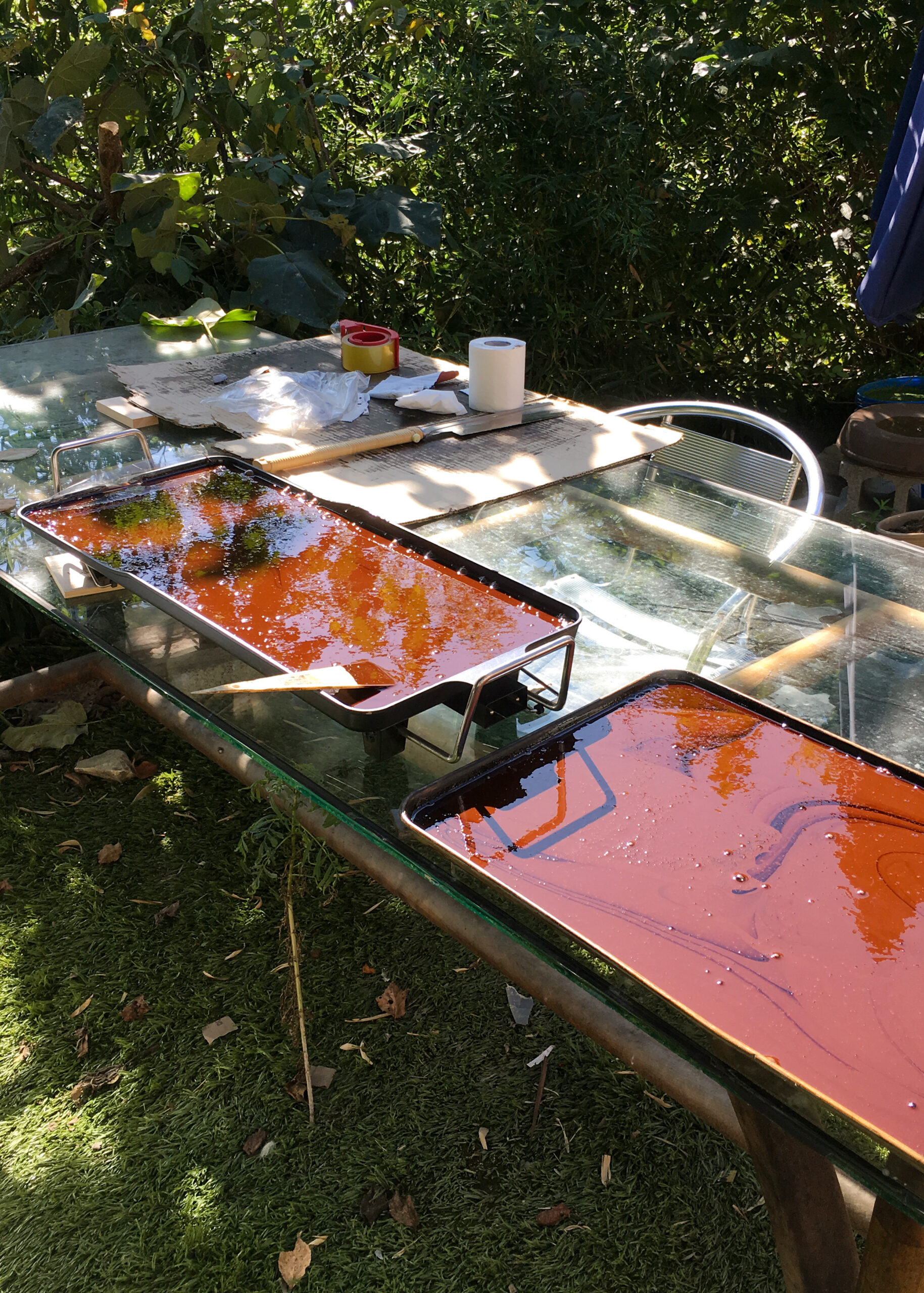
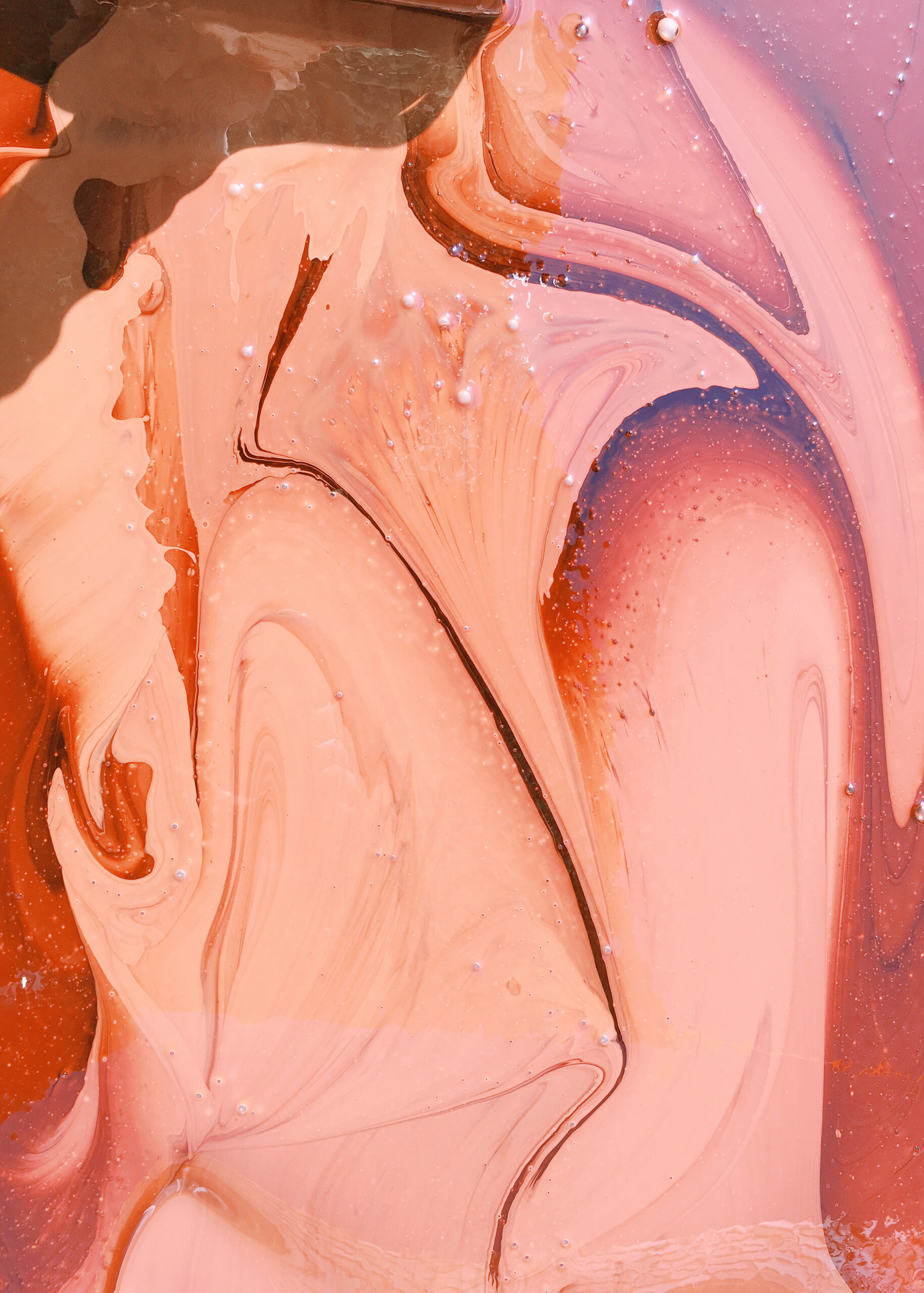
Vessels Imbued with the Expression and Sensibility of Nature
When I was in third grade, my family moved from Busan to Sokcho in Gangwon Province, in the northern part of South Korea. It felt a bit like moving from Kagoshima to Sapporo. Sokcho is home to Seoraksan, one of Korea’s most renowned national parks, and within its range lies the massive rock formation known as Ulsanbawi. The city itself sits between two lakes, surrounded by mountains and water.
In Sokcho, I encountered heavy snowfall for the first time—something I had never seen in Busan—as well as powerful waves from the sea and mountains cloaked in vibrant autumn foliage. I grew to love Sokcho’s natural beauty deeply, and found joy in its richness each day.
After getting married, I moved to Ulsan, an industrial city where I now live and work. The transition made me reflect deeply on the significance of Sokcho’s natural environment. The landscapes of Sokcho are deeply embedded in my work: the contours of the mountains, the soft curves along the lakeshores, the clear blue skies of winter, the deep hues that seem to blend the green and blue of Seoraksan, the white clouds of summer, snow that blankets the entire city, the red and yellow glow of sunsets seen from the shore, and the grey of clouds untouched by light. I try to capture all of these through the lines of wood grain and the tones of lacquer.

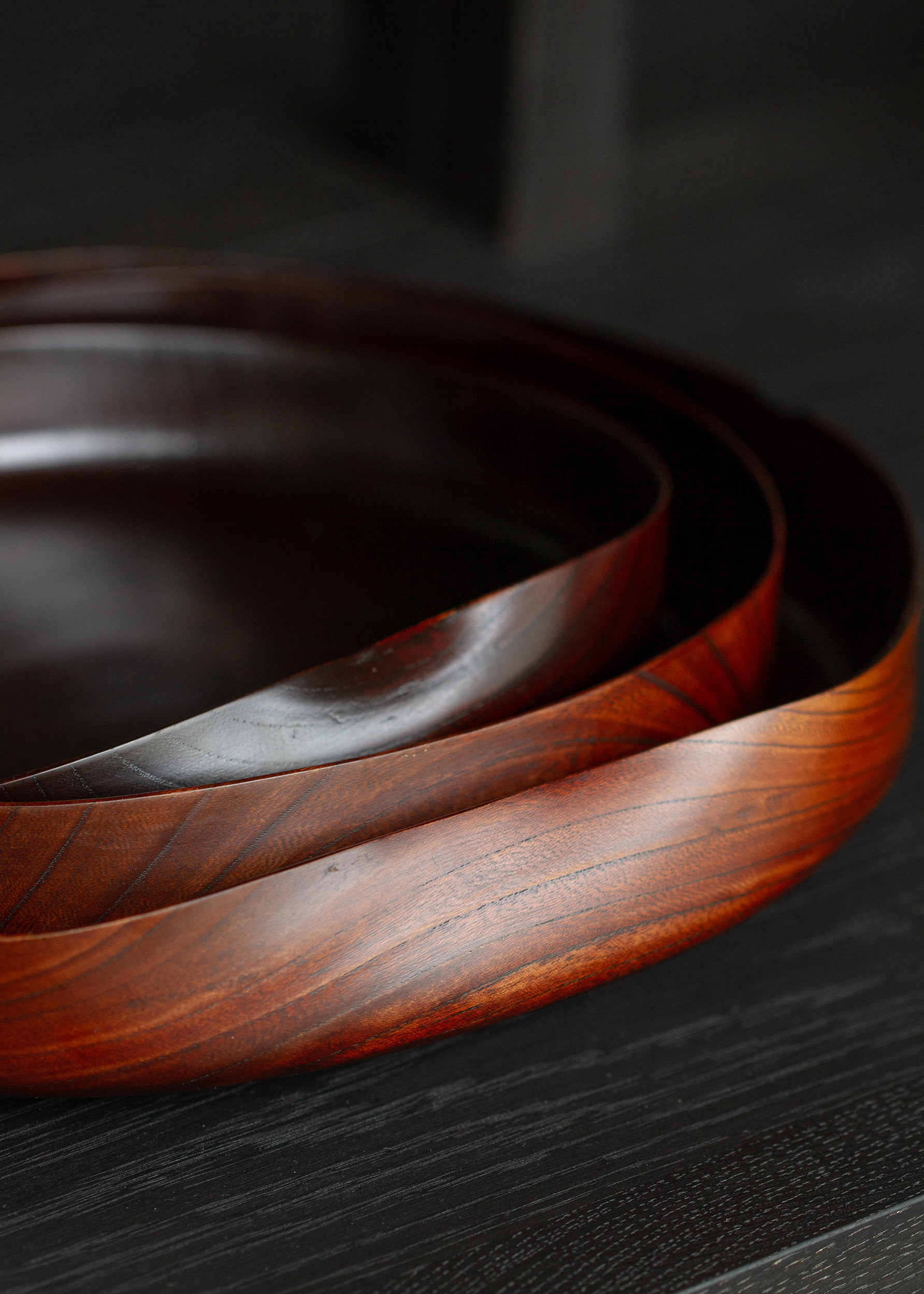
I make traditional Korean vessels—boxes, plates, tea bowls—objects that, to me, embody the history of everyday life in Korea. Korean craft has evolved from earthenware and pottery into celadon, buncheong, and white porcelain. Even as colors and materials changed over time, the forms of these vessels reflect the lives of the people who used them.
One form I often return to is the hamji, a vessel with no defined waist and a low, modest profile. Unlike jars or bottles with narrow mouths that conceal their interiors, the hamji has an opening almost as wide as its body, revealing everything inside. It is, in that sense, a vessel without secrets—one with an honest, unpretentious beauty that can be used by anyone, regardless of status.
Philosophy and Innovation in Crafting
At the foundation of my creative work lies the deep influence of Relatum by Lee Ufan. I was moved by his respect for the innate existence of materials and his emphasis on the relationship between artwork, viewer, and space. Since then, I have pursued a way of working that strips away unnecessary functionality and ornamentation, valuing a balance between the natural and the human-made. This shift in approach is a key part of my creative innovation—transforming traditional forms and materials into something that speaks to contemporary sensibilities.
In 2023, I was selected as the first recipient of the Seoul Yoolizzy Craft Award and became its first recipient. In Korean craft today, I had felt that while contemporary craft, in its pursuit of fine art, tended to lose practicality, traditional craft, conversely, risked becoming isolated from the times by remaining confined to functionality. It was from this awareness that I came to believe a new standard for craft was needed. Having my work recognized for achieving a balance between artistry and practicality was a great joy.
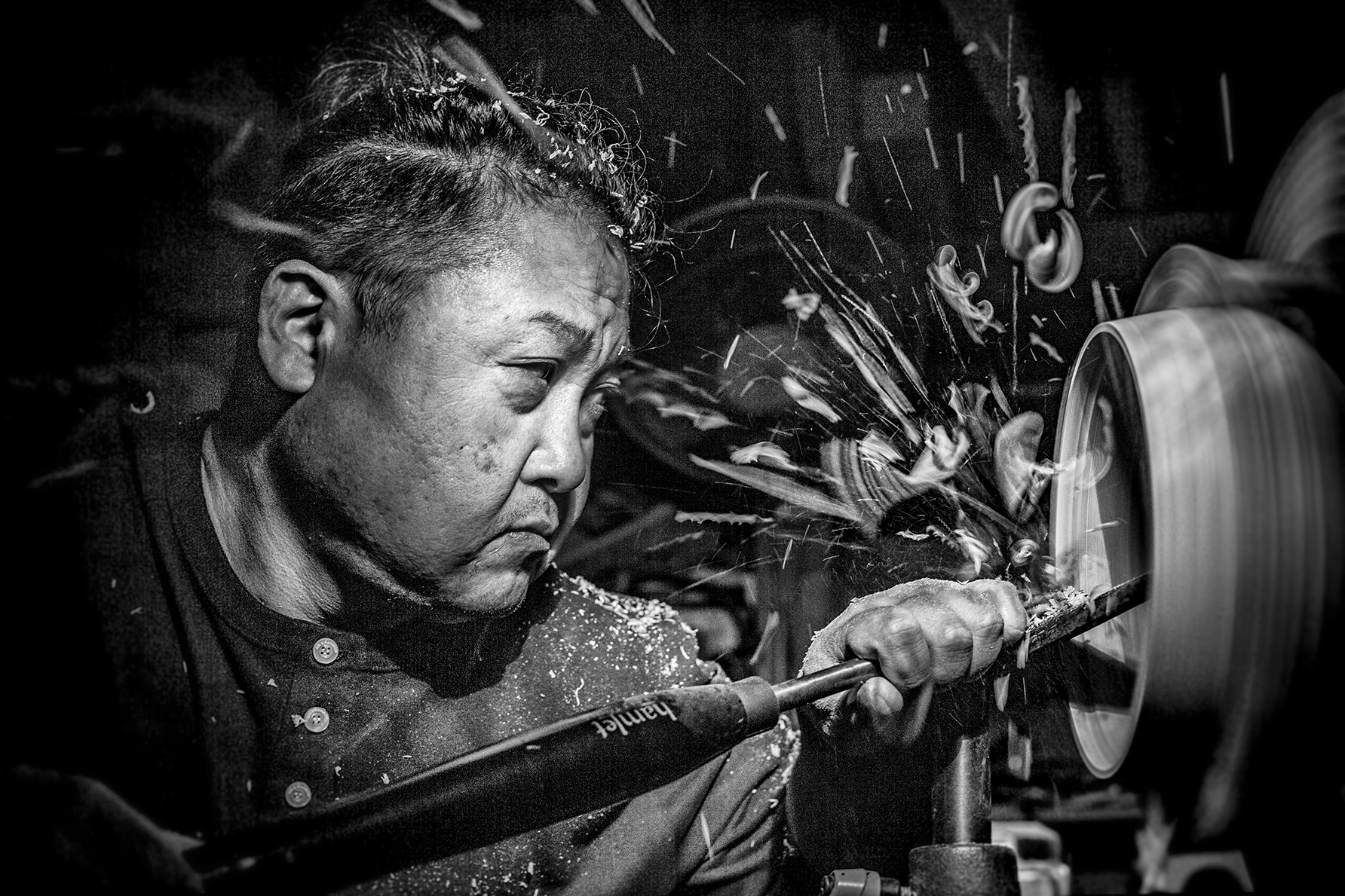
For me, art is the recording of sensibility and the communication of thought and feeling through that record. Craft, meanwhile, is the expression of artistic sensibility layered atop a foundation of functionality. Practicality is essential in craft, but what matters most is conveying the sensibility embedded in the work.
The source of my sensibility lies in nature. However, what I seek to convey is not nature itself, but the experience of sensing nature freely and openly—this is where my deepest hope lies.
It is both a great joy and a great challenge for me to be able to hold a solo exhibition in Japan, a country with such a rich tradition of lacquerware. I hope you will experience the intentions, expressions, and emotions embedded in my work. Above all, I hope you experience firsthand—by actually serving hot drinks or food in them—their textures and practicality as the user.
HIN / Arts & Science is pleased to present Kang’s first solo exhibition in Japan, opening in Tokyo on Friday, May 9, and in Kyoto on Friday, May 23. We invite you to discover a diverse collection of works, both large and small, each imbued with a quiet passion and deep respect for materials.
PROFILE
Born in South Korea in 1969, Kang grew up surrounded by abundant nature. In 1997, he began his path in woodworking after making wooden toys for his own child. Inspired by nature, he creates a wide range of works, from everyday vessels to large-scale pieces. Using primarily locally sourced wood, he produces functional and durable vessels by combining traditional Korean lacquer techniques with his own unique high-temperature curing method. In 2020, he was selected as a finalist for the Loewe Foundation Craft Prize and continues to earn international acclaim.
